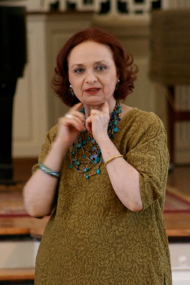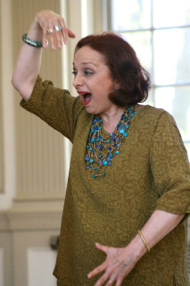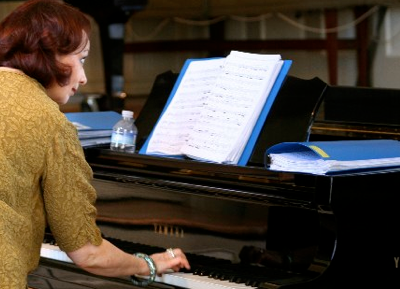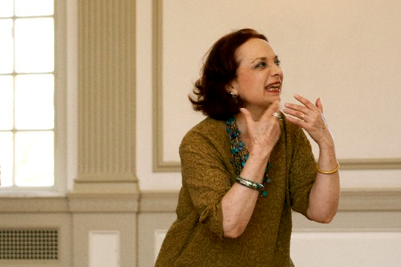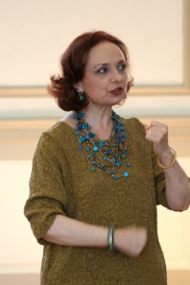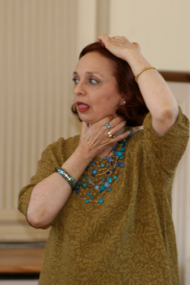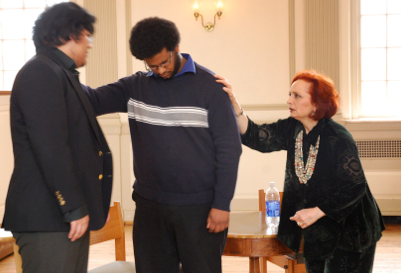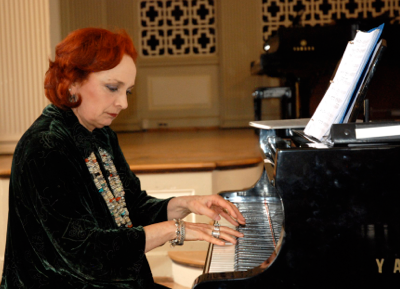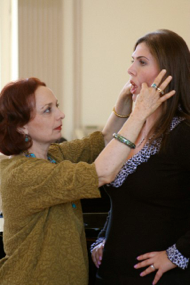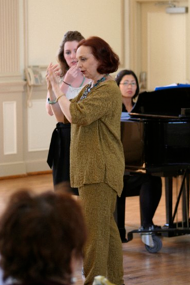Overcoming Obstacles

“She understands not only the “nuts and bolts” of producing refined sound, but also clearly perceives each student’s individual needs, problems and musicality”. (C. Forbes, Soprano)

In order to achieve full focused and stress/anxiety free performance,
I guide my students to:
-
•Renounce nonstop judgmental listening.
-
•Stop constant negative/positive mind arguments.
-
•Eliminate compensatory behavior leading to the use of unnecessary muscles in body or face.
-
•How to focus and achieve total awareness.
-
•How to overcome fear and frustration and be in the NOW.












